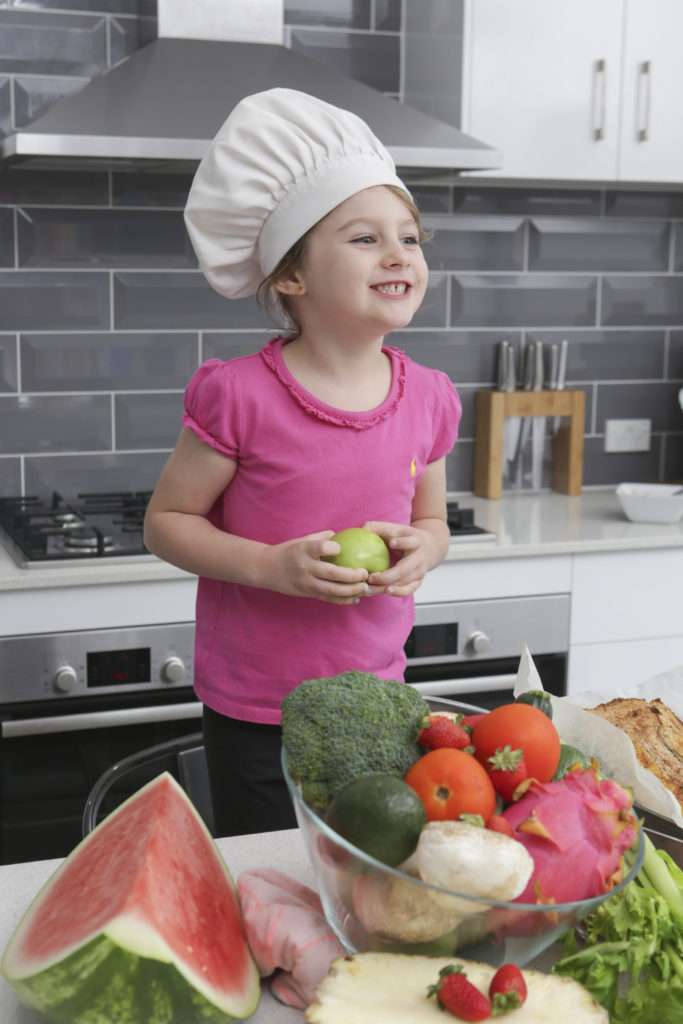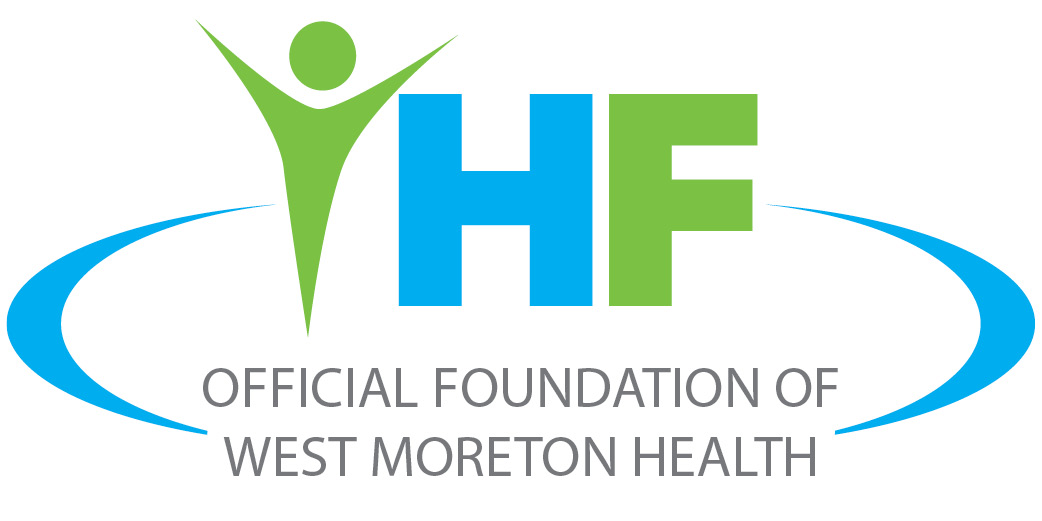
Ipswich Mum and accountant, Liz Walsh spends most of her spare time instilling healthy habits and skills into her daughter, Alyssa.
She knows how important it is to raise healthy young ones and so do health workers and researchers all over the country.
There is a growing obesity epidemic in Ipswich, named as “the fattest place in SEQ” in 2010.
While we as a city have moved away from this frightening title, experts are still concerned about children meeting dietary guidelines for fruit and vegetable intake.
Broadly, more than a quarter of all Queensland children are overweight or obese1. This amounts to 174 500 Queensland Children overweight (17.9% of children aged 2-17) and 72 900 obese (7.5%)2.
Liz raises her daughter with health and nutrition as a priority
Ensuring Alyssa eats well ensures that life as a Mum is a little easier for Liz – minimal behavioral issues due to minimal preservatives, colorings, and sugar.
With good nutrition, Alyssa gets a better night’s sleep and wakes up fresh and energetic.
“I think involving children in choosing the foods and getting them to assist in meal preparations is key to teaching the young about healthy eating and identifying good food from bad,” Liz said.

“Introducing children to a wide range of healthy foods at a young age is definitely the way to go”
“Personally, I can’t afford regular take out options and people believe that healthy eating is expensive when really if your shop consists of a no junk and a large range of fruit and vegetables – it’s cheaper!”
Schools cover health and nutrition, but it’ll never be enough
“While the school provides healthy options for tuckshop and does touch on healthy eating to ensure minimal ‘bad food’ is packed into lunch boxes, you’re right, they don’t spend a lot of time teaching children this imperative information,” Liz said.
There are 12 focus areas in the National Curriculum for Health and Physical Education, only 1 of which relates to food and nutrition3.
The National Curriculum requires schools to complete 80 hours of Health and Physical Activity Education per year, this equates to 2 hours a week3.
Food Nutrition comprises only 8.3% of the Health and Physical Education curriculum, less than 10 minutes a week or 6.64 hours a year3
How Liz teaches Alyssa about healthy eating:
- Get her involved in food preparation
- Get her involved in shopping and choosing what she wants to eat
- Set boundaries for bad foods, events, movies
- Visit a healthy café as a treat
- Making juices and smoothies is our favorite thing to do!
- Bake with her
“The fun healthy activities we do together help teach her about nutritious foods without complicating and over-explaining it”
Signing your kids up to Kids Kitchen is another way to get your little ones into making healthy food choices.
References
- Child, Youth and Family Alliance Ipswich and West Moreton. State of the Children and Young Persons’ Report 2014. Ipswich, Queensland: Ipswich City Council and Child, Youth and Family Alliance Ipswich and West Moreton; 2014. 62 p.
- Australian Bureau of Statistics. National Health Survey, 2014-15 [Internet]. 2016 [last updated 2016 Mar 23; cited 2016 Nov 22]. Available from: http://www.abs.gov.au/ausstats/abs@.nsf/Lookup/by%20Subject/4364.0.55.001~2014-15~Main%20Features~Queensland~10004
- Australian Curriculum, Assessment and Reporting Agency. Health and Physical Education [Internet]. Education Services Australia. 2017 [updated 2017; cited 2017 May 4]. Available from: http://www.australiancurriculum.edu.au/health-and-physical-education/curriculum


